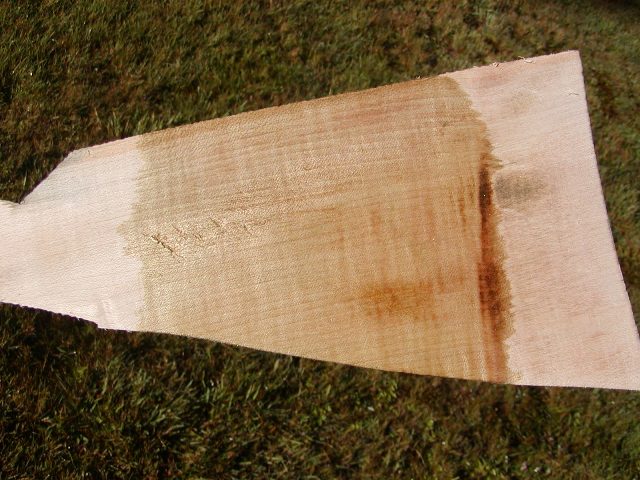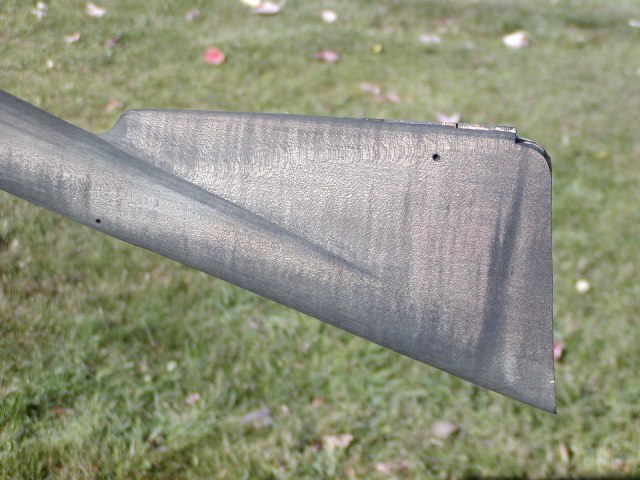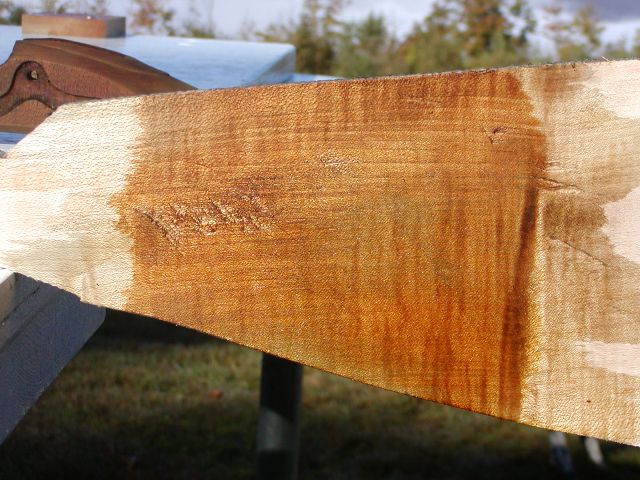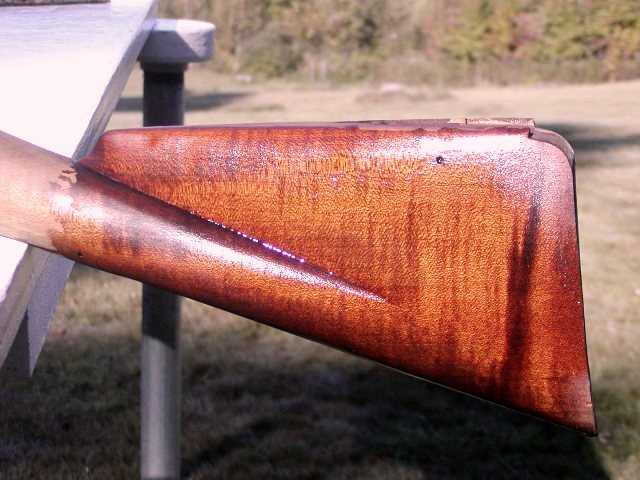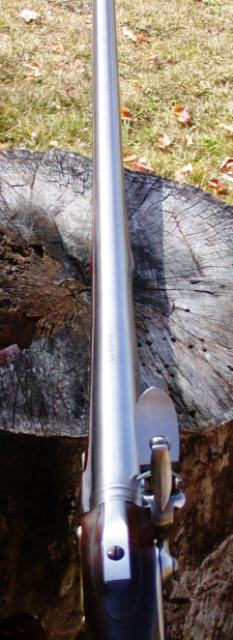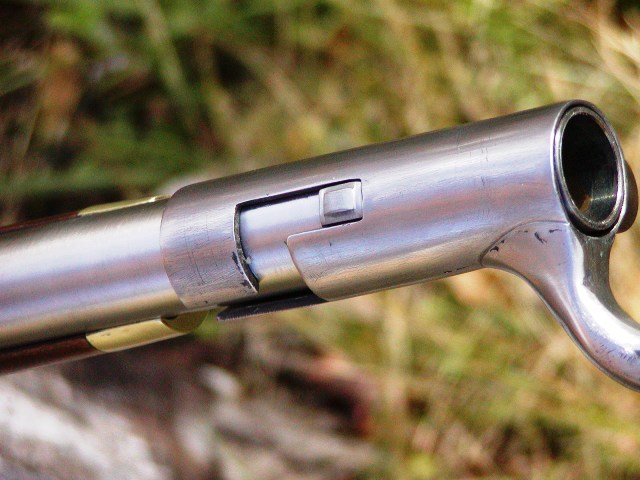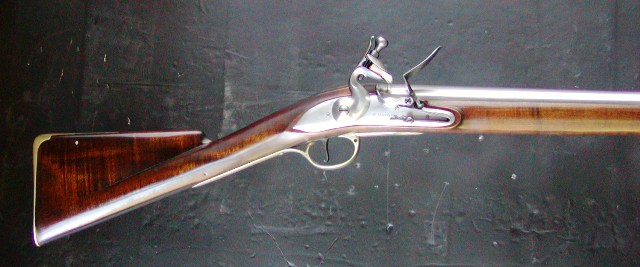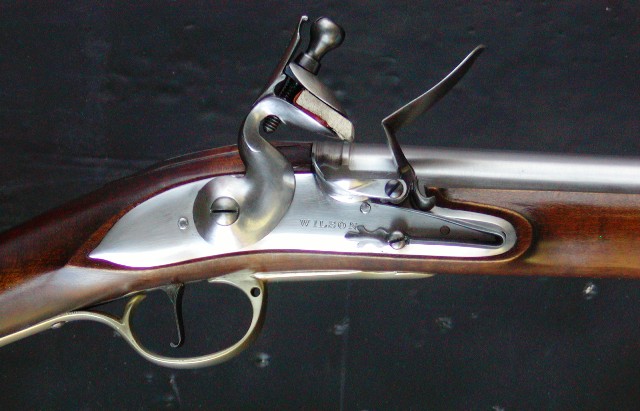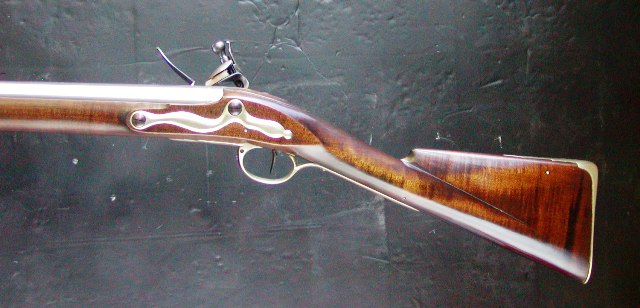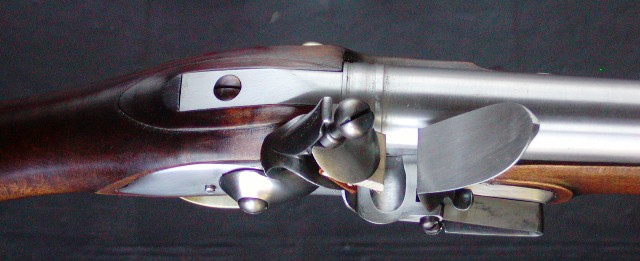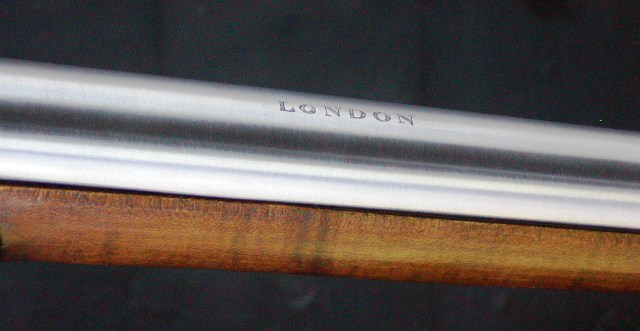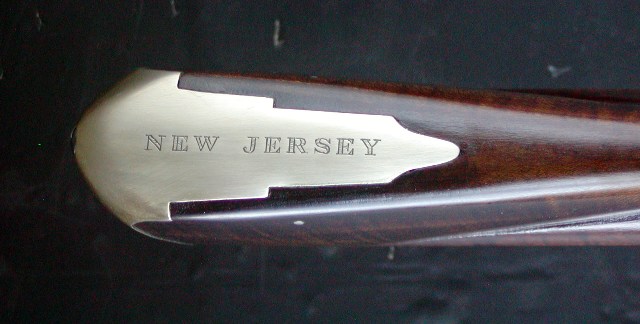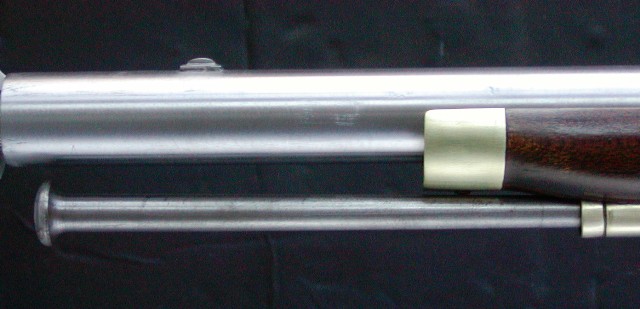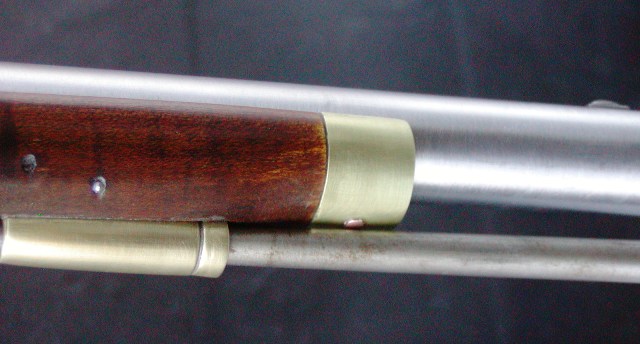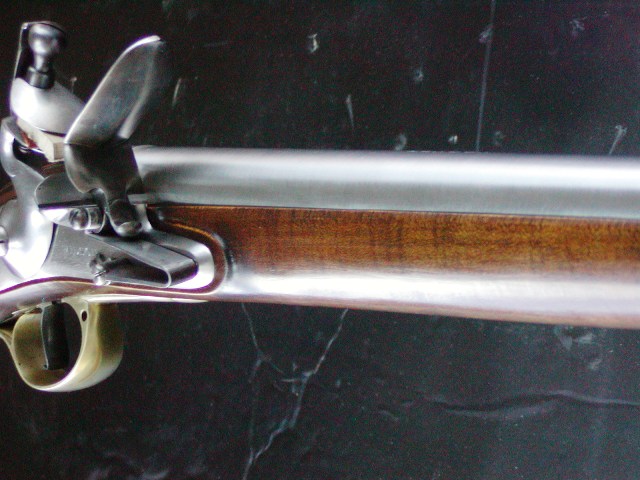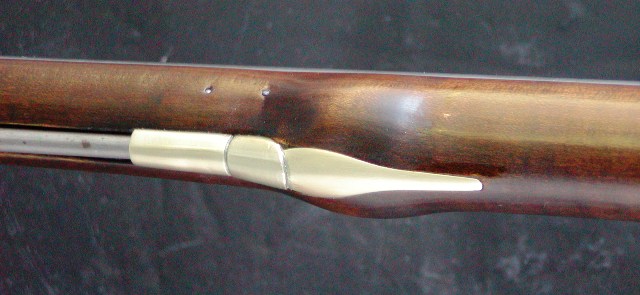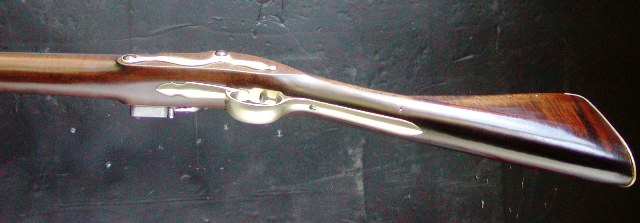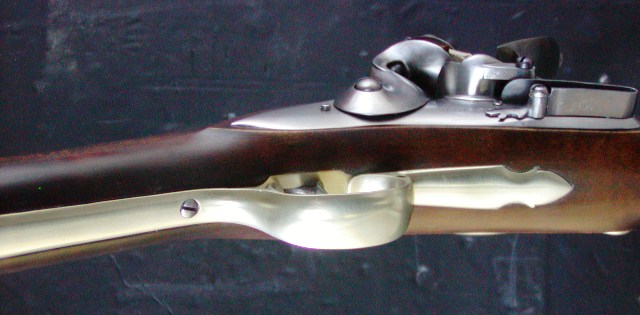- Joined
- May 6, 2014
- Messages
- 16,892
- Reaction score
- 15,310
Dave Person said:Hi Gus,
Thanks for looking and I apologize because I did not answer your previous questions about the sideplate. I cast the plate using Delft clay to make the mold. It is just like sand casting but the clay produces a finer surface and can hold on to finer detail. I used a single large sprue heating the brass in a ceramic crucible using my oxy-acetylene torch and borax flux. The process is very straight forward but it is a challenge to estimate the shrinkage that occurs. I got that just right so the side plate counter bored holes line up perfectly with the holes in the lock. I have quite a bit of experience at this casting stuff. I suspect British ordnance had precise drilling templates for lock holes and sideplates, and they probably had tight standards for the plates. However, they also could have bought the plates with unbored or finished forward holes but finished and bored rear holes. That would allow them to adjust each plate to each lock but simply boring and filing the forward hole.
Gus, this project has been a pile of fun for me. I visited West Point Museum, Museum of the American Revolution, Valley Forge, Washington's Crossing, and Fort Ti doing research for this gun. I also examined every book available with information about militia muskets. This has been a wonderful voyage of discovery and understanding. Wait until you see the slight dimples in the sheet brass muzzle cap and the big copper rivet holding it in place, the simple ramrod thimbles with a colonial gunsmith version of a forward trumpet thimble, the simpler and cruder bayonet, and the curly maple stock. It is really going to look right.
dave
Dave,
No need to apologize, I knew you would get back with me on the questions and thank you for the answers. I figured you were "in the groove" on the Musket and I fully understand how when you are there, you stay in it to do as much work as possible while in the groove.
I can see this is both a challenge and a sort of a work labor of love for you to make something unique and different.
Yes, I'm looking forward to seeing the copper rivet and nose cap and thimbles.
Also, I'm curious as to how you are going to make the Rammer? Have to admit there is a secondary reason for my curiosity on this point. I am thinking of making an Armorer's Rod (or having one made) and making an extra long Rammer would be very similar.
Gus






